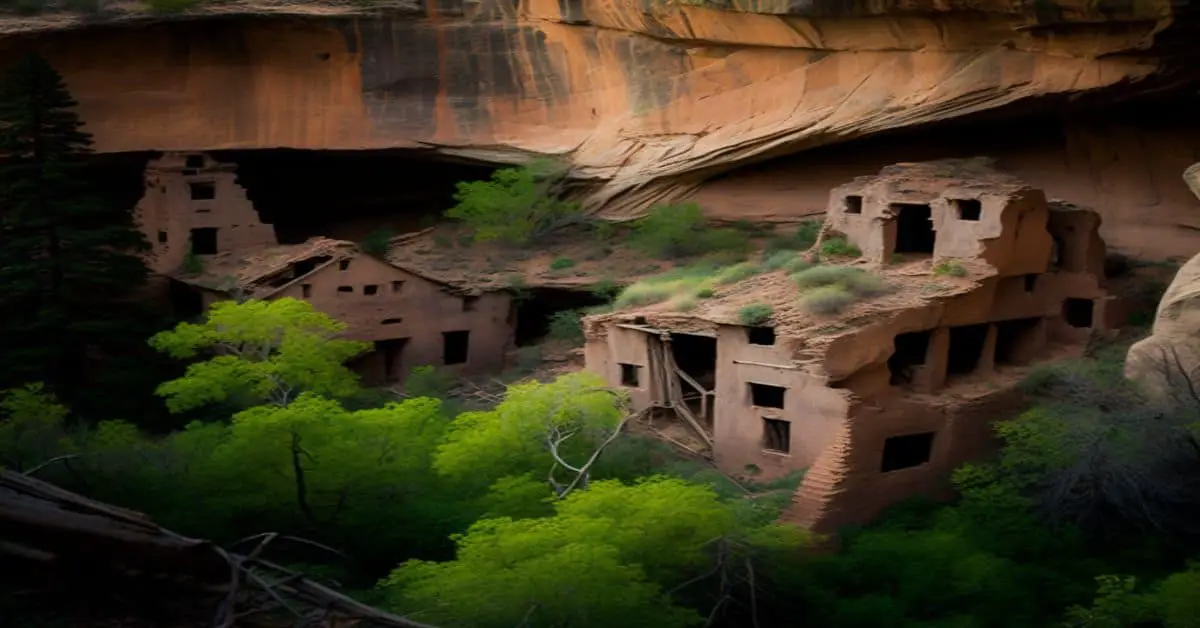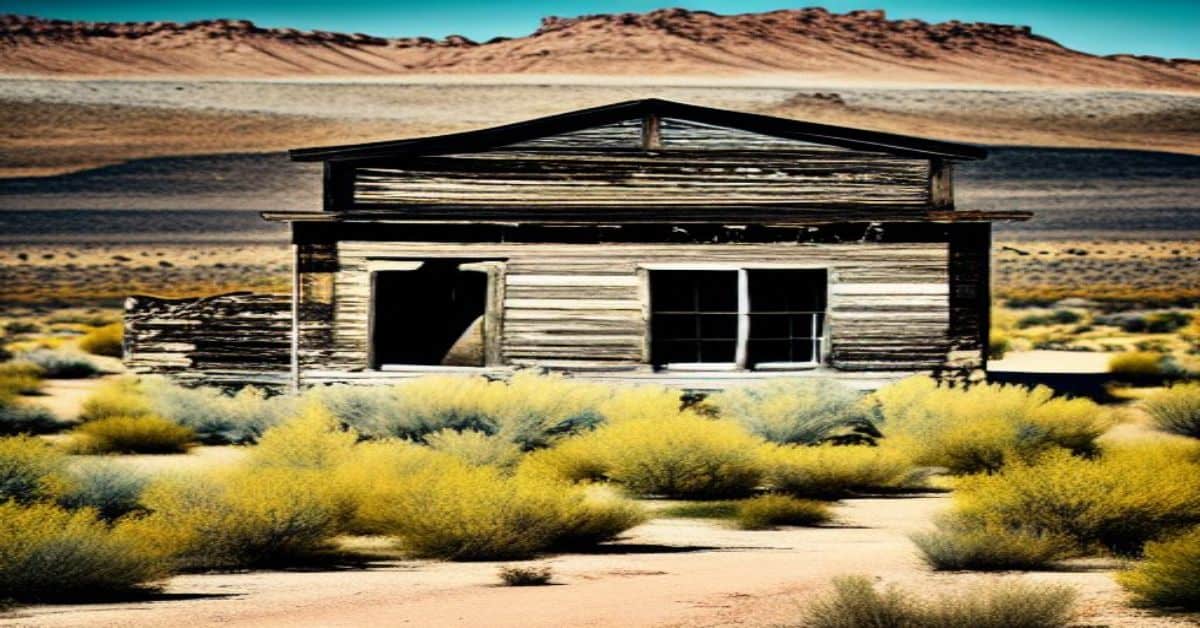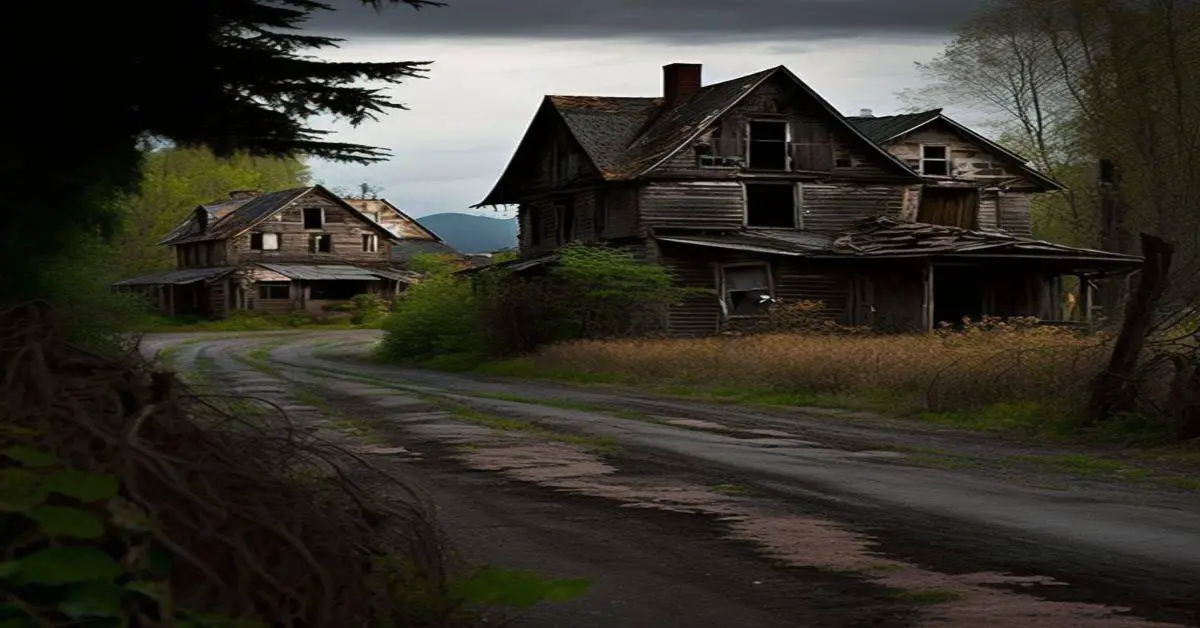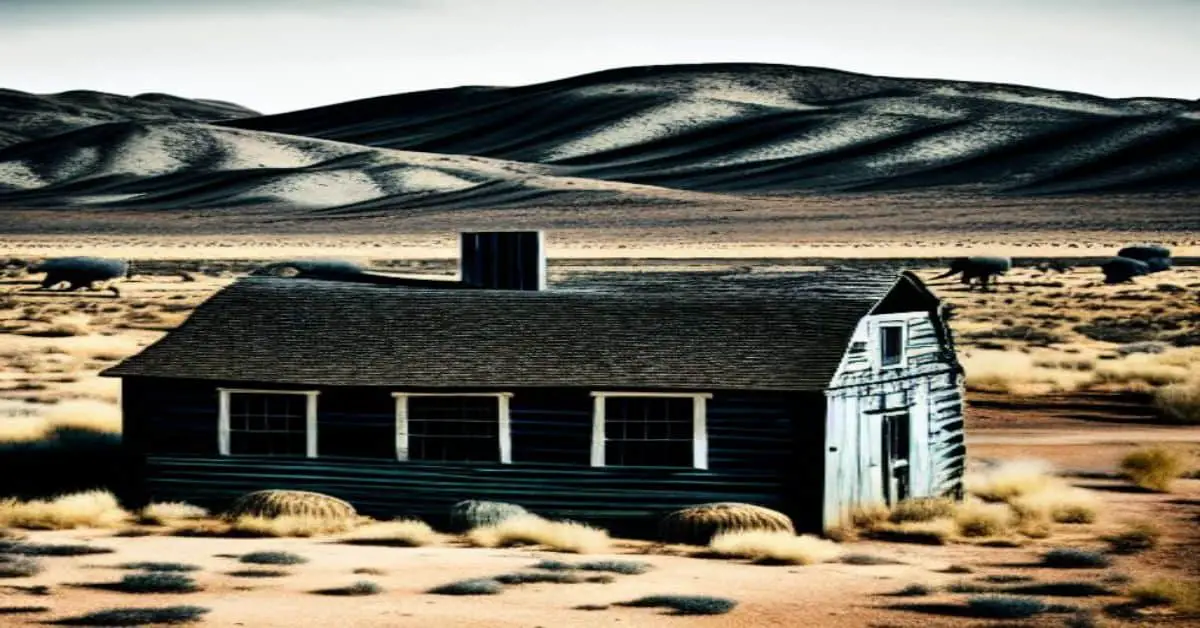Castle Ghost Town: A Journey Through Time in Meagher, Montana
The Castle Ghost Town in Meagher, Montana, is a fascinating and haunting reminder of the Wild West’s heyday. Once a bustling silver and lead mining town, Castle now stands as an eerie and captivating testament to the past.
This comprehensive guide will take you through the town’s history, touching on its notable residents and the reasons behind its decline. Let’s delve into the intriguing world of Castle Ghost Town.
The Birth of Castle Ghost Town
The Silver and Lead Boom
The Castle Ghost Town, called Castle Town or Castle City, began in the late 1800s when prospectors discovered silver and lead in the Castle Mountains. The first mine to be registered in the area was the North Carolina Mine in 1884.
Over 991 claims were made within just seven years, and the town quickly grew to accommodate the influx of miners and their families.
The Early Days of Castle
In 1887, the first cabin was built in the area that would become Castle Ghost Town. As more mines were developed, the town’s population began to soar.
By the early 1890s, Castle had a population of around 2,000 residents, including miners, merchants, and other settlers who supported the bustling mining industry.
The Growth and Prosperity of Castle
A Thriving Community
During its peak years, Castle boasted a fine school, numerous merchants, several fraternal organizations, a jail, and even seven brothels. It was also home to as many as 14 saloons, catering to the miners, barkeeps, and prostitutes who populated the town.
The lively atmosphere and sense of community made Castle a bustling and thriving settlement in Meagher, Montana.
Notable Residents: Calamity Jane
One of Castle’s most famous residents was Martha Jane Cannary Burke, Calamity Jane. A frontierswoman, alcoholic, Indian fighter, and sometimes prostitute, Calamity Jane arrived in Castle during the 1890s to open a restaurant.
However, her attempt at leading a more respectable life was short-lived, as she and her husband were arrested for absconding debtors. They soon returned to their wandering lifestyle, ending up in Deadwood in the Black Hills.
The Decline and Fall of Castle Ghost Town
The Silver Panic of 1893
Like many other mining towns, Castle’s prosperity was short-lived. The silver panic of 1893 led to a rapid decline in the town’s fortunes, as the value of silver plummeted and mines began to close.
People started leaving Castle searching for greener pastures, and the once-thriving town slowly descended into ghost town status.
High Transportation Costs and Lack of Infrastructure
Another major issue that contributed to Castle’s decline was its lack of transportation infrastructure. With no railroad line to the town, ore and supplies had to be hauled in and out by wagon, making transportation expensive and laborious.
Despite attempts to bring a railroad line to Castle, the silver panic of 1893 stalled these efforts, and the town’s population continued to dwindle.
The Closure of the Cumberland Mine
By the time the railroad was eventually completed, Castle had already seen a significant decline in its mining industry. Some local mines did reopen, but the town never regained the prosperity it had experienced during its boom years.
The closure of the Cumberland Mine, the district’s leading producer, in 1950 marked the beginning of Castle’s final transition to a permanent ghost town.
The Remnants of Castle Ghost Town Today
A Fascinating Glimpse into the Past
Despite its decline, Castle Ghost Town still offers a fascinating glimpse into the past. The town’s ruins include several buildings, such as cabins, businesses, the school, and stone foundations.
While many of these structures are on private land and require permission to access, a public road runs near the town, allowing visitors to glimpse the intriguing remains.
Preservation and Respect
It’s important to remember that Castle Ghost Town is located on private lands, and visitors should always be respectful and mindful of this fact when exploring the area.
By staying on the public road and avoiding trespassing on private property, we can help ensure that the remaining structures of this fascinating ghost town are preserved for future generations to enjoy.
Other Ghost Towns in Montana
Nevada City
Montana is home to several other ghost towns that are worth exploring. Nevada City, for example, is a beautiful and well-preserved ghost town that was saved from becoming another casualty of the Gold Rush by an ambitious family who restored it between 1945 and 1978.
Today, Nevada City is a living history museum that comes alive during summer and offers a unique and engaging experience for history buffs.
Garnet Ghost Town
Garnet Ghost Town is another fascinating and picturesque ghost town in Montana. Once home to over a thousand people during the Gold Rush, Garnet was abandoned by the 1940s after the land’s gold and precious gems were depleted.
Today, Garnet is one of the best-preserved ghost towns in the country and is a must-visit for anyone interested in learning about this iconic time in American history.
Bannack State Park
For a more immersive experience, consider visiting Bannack State Park, a Montana ghost town now a National Historic Landmark. Bannack is the site of the state’s first major gold discovery in 1862, which led to a population boom and the establishment of a bustling town.
As the value of gold declined, so did Bannack’s population. Today, the park features over 50 historic buildings that offer visitors an authentic Old West experience.
In Conclusion
The Castle Ghost Town in Meagher, Montana, is a haunting and intriguing reminder of the Wild West’s silver and lead mining boom. Its fascinating history, notable residents, and eventual decline make it a captivating destination for history enthusiasts and curious travelers.
While much of the town is on private land, respectful visitors can still catch a glimpse of Castle’s intriguing past from the public road and learn about the town’s place in Montana’s rich history.



